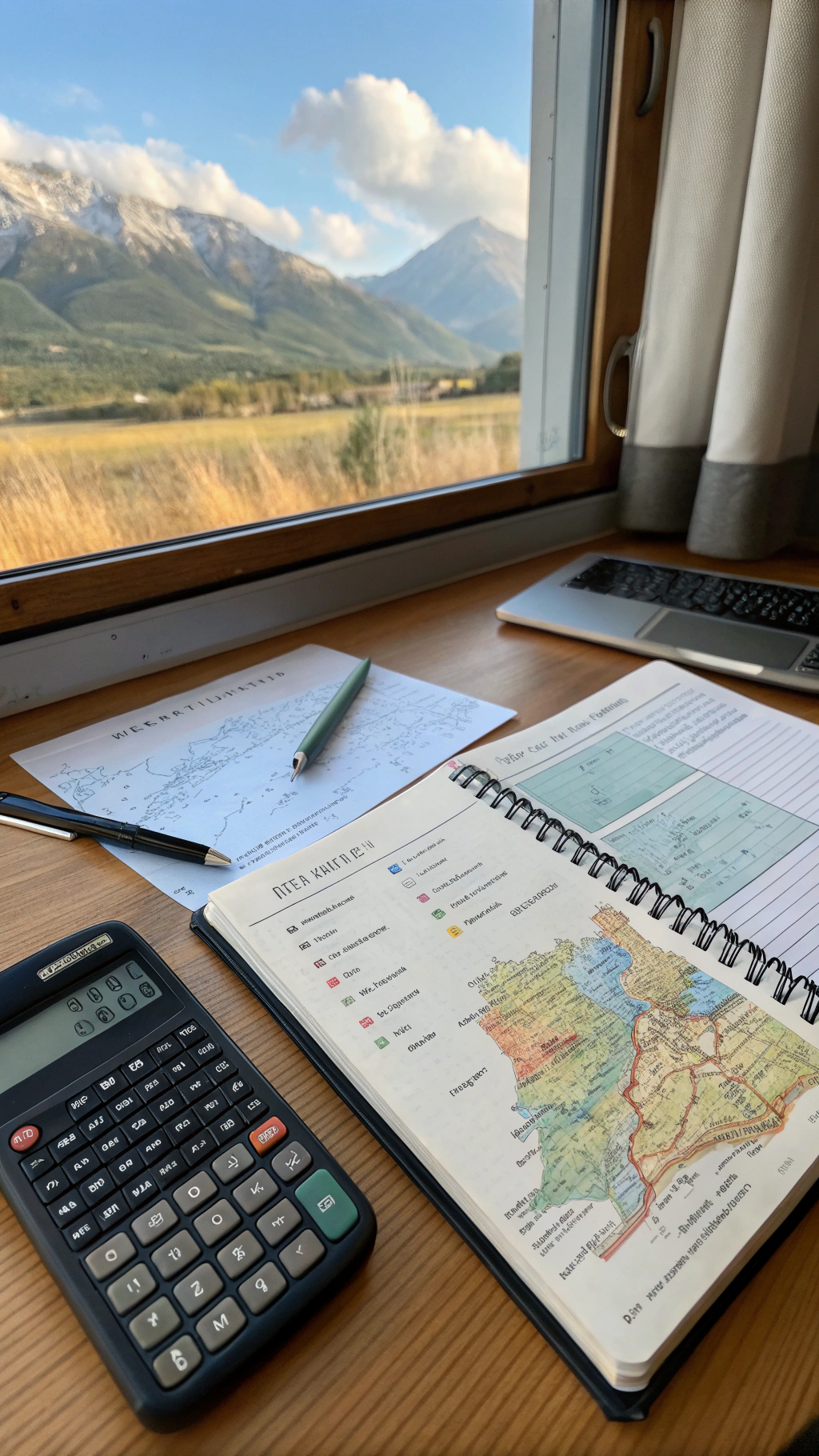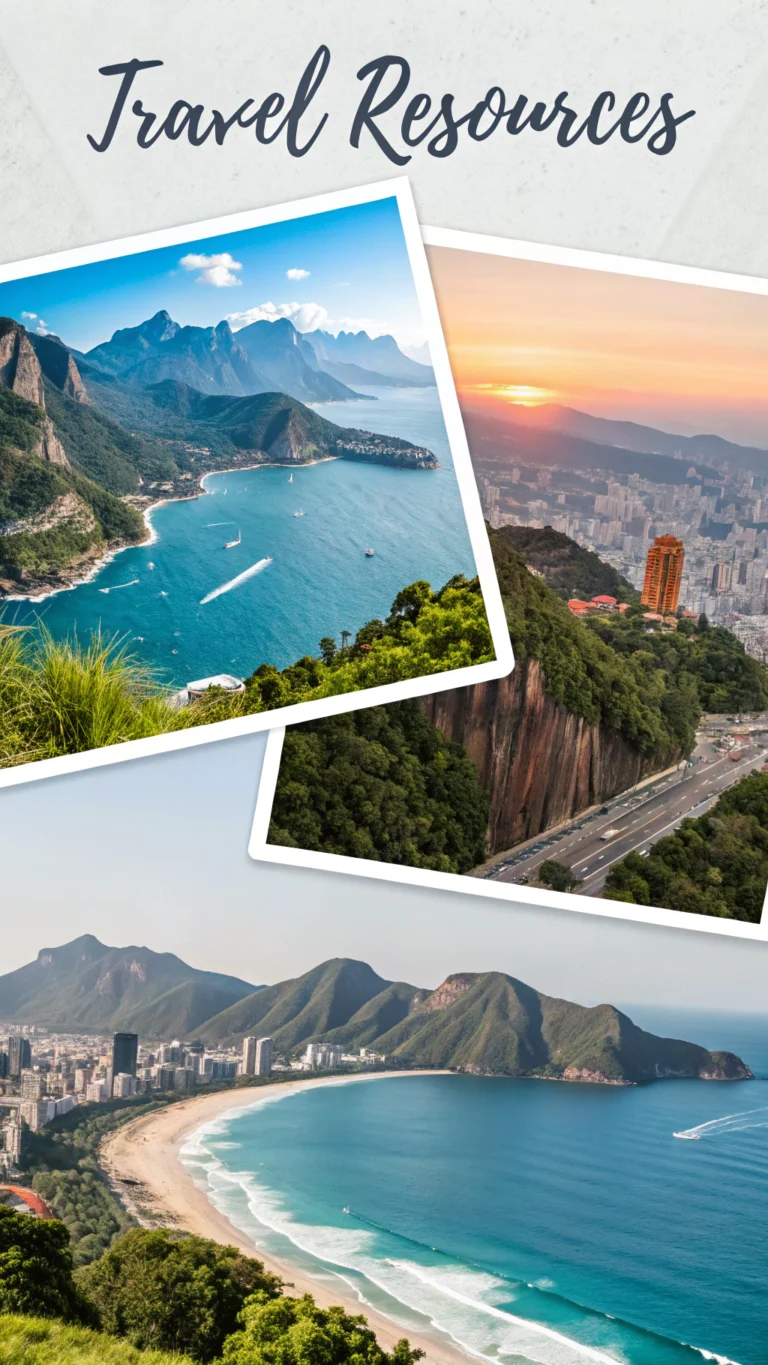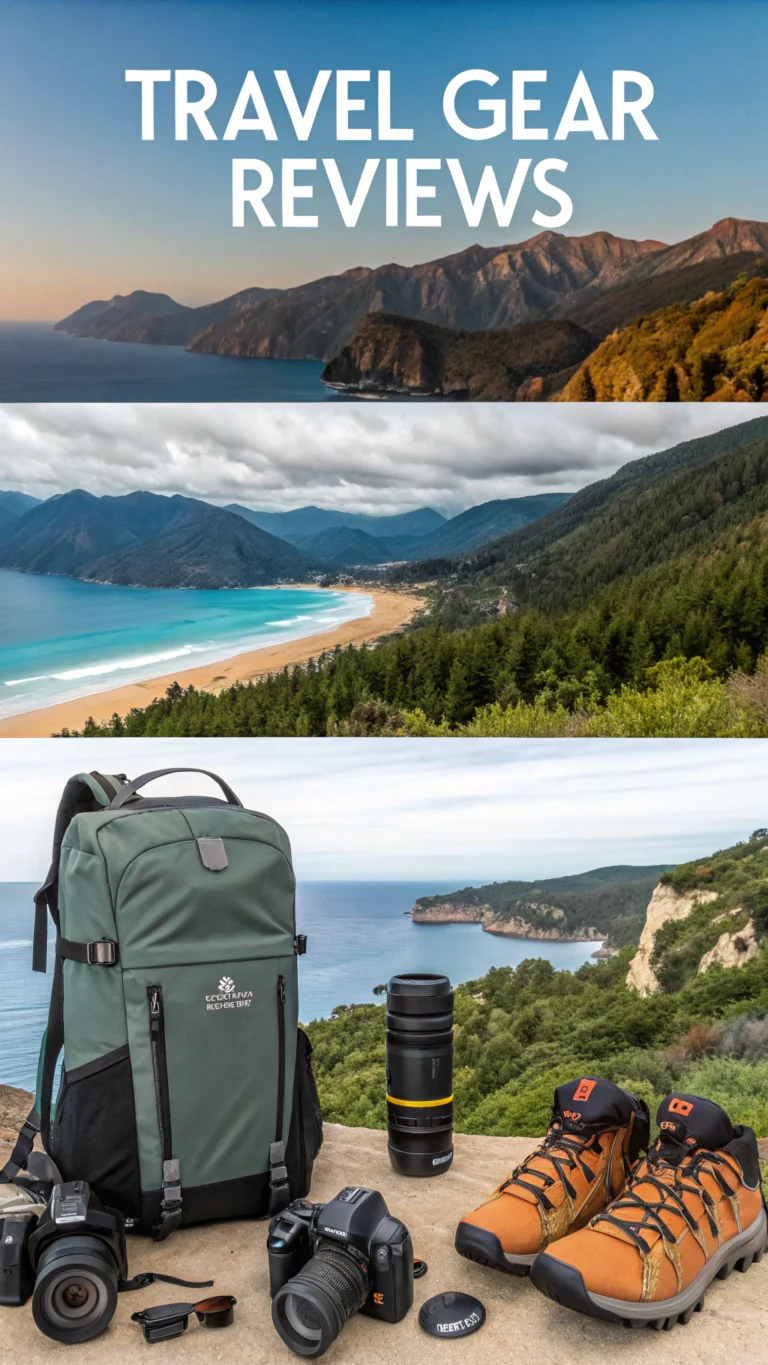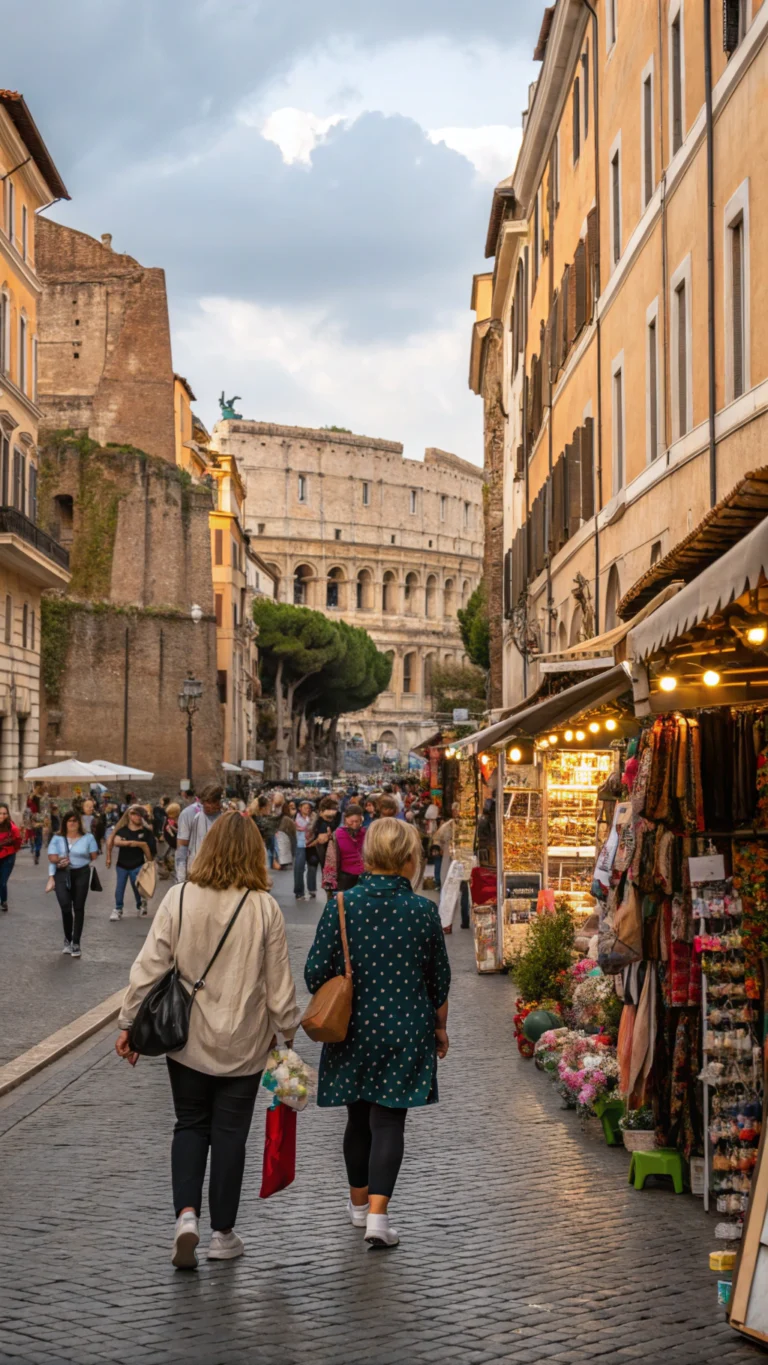Trip Budget Planning: 7 Best Tips for an Affordable Getaway
Table of Contents
Introduction
Have you ever wondered why 73% of tourists go over their trip budget, often by more than 25%? The art of vacation budget planning is more than just saving money; it’s also about getting the most out of your trip while reducing financial stress. Whether you’re planning a trip to gorgeous beaches, historic towns, or mountain retreats, developing a smart financial plan might mean the difference between a comfortable vacation and post-vacation financial stress.
In today’s economy, where travel prices have risen by an average of 12.7% since 2019, learning trip budgeting tactics has never been more important. Let’s look at how to plan the ideal budget holiday without losing the things that make travel enjoyable.
Destination Overview

When it comes to economical travel places, your pick has a significant impact on your overall budget. Southeast Asian countries such as Vietnam, Thailand, and Indonesia provide outstanding value, with daily budgets as low as $30-50, whereas Western European hotspots may cost $150-200 per day.
The best times for budget travel are typically during shoulder seasons (April-May and September-October in many destinations), when prices can be up to 40% lower than peak periods while still enjoying good weather. Recent tourism data show that travelers who visit during the shoulder season save an average of $437 on a week-long vacation compared to peak season travelers.
Travel Itinerary
Day 1-2: Setting Up Your Base
- Arrive and settle into budget-friendly accommodation ($50-100 savings by choosing locations just outside the main tourist areas)
- Use public transportation from the airport instead of taxis (potential savings: $30-60)
- Explore free walking tours to orient yourself (tip-based, usually $5-15)
- Visit local markets for affordable authentic meals (average savings of 40% compared to tourist restaurants)
Day 3-5: Smart Exploration
- Purchase multi-day transportation passes where available (saves up to 30% over individual tickets)
- Group paid attractions on the same day to maximize day passes
- Schedule free or discounted museum days (many offer free entry on specific days, saving $15-25 per attraction)
- Pack lunches for day trips, splurge on dinner for local cuisine experience
Day 6-7: Balanced Experiences
- Allow for one splurge activity (cooking class, guided tour, or special meal)
- Dedicate time for nature-based free activities (hiking, beaches, parks)
- Shop for souvenirs at local markets rather than tourist shops (typical savings of 50-70%)
Must-See Attractions
Effective trip budget planning doesn’t mean skipping essential experiences. Many destinations offer:
- Free Heritage Sites: 37% of UNESCO World Heritage sites are free to visit or have nominal fees.
- City Passes: In major cities, tourist passes can save up to 45% on attraction costs when you plan to visit multiple sites.
- Free Museum Days: Paris museums are free on the first Sunday of each month, saving a family of four approximately €60.
- Public Parks and Gardens: Often overlooked, these free attractions frequently rank among travelers’ most memorable experiences.
Pro tip: Research “free days” at major attractions in advance—these dates fill quickly but offer significant savings.
Where to Stay
Accommodation typically consumes 30-40% of travel budgets, making it prime territory for savings:
- Hostels: Not just for backpackers! Many offer private rooms at 50% of hotel prices.
- Apartment Rentals: For stays longer than 3 days, save approximately 30% over hotels while gaining kitchen access.
- House Sitting: Platforms like TrustedHousesitters connect travelers with free accommodation in exchange for pet care.
- Loyalty Programs: Even casual travelers can accumulate enough points for 1-2 free nights annually.
Budget-friendly neighborhoods worth considering: Belleville in Paris, Kreuzberg in Berlin, and Queens in New York offer authentic experiences at 30-40% lower costs than central tourist districts.
Food & Local Cuisine
Food expenses can be unpredictable, but these strategies help maintain your budget:
- Street Food Adventures: Experience authentic cuisine at 70-80% less than restaurants.
- Lunch Specials: Many high-end restaurants offer the same cuisine at lunch for 40-50% less than dinner prices.
- Local Supermarkets: Purchase breakfast items and snacks to reduce daily food costs by 20-30%.
- Food Tours: Though they require an upfront investment ($40-60), they often include enough food for an entire meal while providing cultural insights.
For special dietary needs, apps like HappyCow (vegetarian/vegan) and FindMeGlutenFree can help locate suitable options without expensive trial and error.
Travel Tips & Essentials
Smart trip budget planning extends to practical details:
- Use no-foreign-transaction-fee credit cards to save 2-3% on every purchase
- Download offline maps to avoid roaming charges (potential savings: $10-15 daily)
- Set daily spending alerts on banking apps to maintain budget awareness
- Purchase travel insurance (averages $5-10 daily) to prevent catastrophic expenses
Common Mistakes to Avoid
- Underbudgeting for incidentals: The average traveler spends 15% more than planned on unexpected expenses.
- Exchanging currency at airports: Typically costs 8-10% more than bank or city center exchanges.
- Overpacking: Baggage fees now average $30-60 per checked bag on many airlines.
- Eating near major attractions: Prices typically drop by 30-50% just 2-3 blocks away.
Budget Breakdown
For a week-long trip, consider this general allocation:
- Transportation (flights, local transit): 25-30% of total budget
- Accommodation: 30-35%
- Food and drinks: 20-25%
- Activities and attractions: 10-15%
- Miscellaneous and souvenirs: 5-10%
Compared to the average traveler who spends $223 per day internationally, strategic trip budget planning can reduce this to $125-150 without sacrificing quality experiences.
Final Thoughts
Effective trip budget planning isn’t about deprivation; it’s about deliberate spending that corresponds with your vacation goals. By allocating dollars to activities you actually value and finding creative savings elsewhere, you can go on unforgettable travels without the financial hangover that frequently follows.
Remember that some of the most real travel experiences—watching a sunset from a public beach, seeing local neighborhoods, or speaking with locals in a park—are completely free.
Begin planning your budget-friendly getaway today! Do you have specific places in mind? For individual tips, please leave a remark below.
FAQs
How far in advance should I prepare my travel budget?
Begin planning your trip 4-6 months in advance to take advantage of early booking savings, which average 15-20% for lodgings and activities.
What proportion should I set aside to cover unforeseen expenses?
Financial consultants advocate a 15-20% buffer for unanticipated expenses, which is consistent with actual expenditure tendencies shown in travel surveys.
Are all-inclusive resorts suitable for budget travelers?
For tourists who would normally spend on several activities, drinks, and three restaurant meals each day, all-inclusive vacations can save 20-25% compared to à la carte vacations with similar consumption patterns.
How can I successfully track my costs when traveling?
Apps such as Trail Wallet and TravelSpend enable offline spending tracking in several currencies, assisting 78% of users in staying within their intended budgets, according to user surveys.
What is the most efficient way to transfer money overseas while avoiding fees?
A hybrid approach—using a credit card with no foreign transaction fees for major purchases and a small amount of local currency for marketplaces and small vendors—usually keeps fees to less than 1% of total spending.







